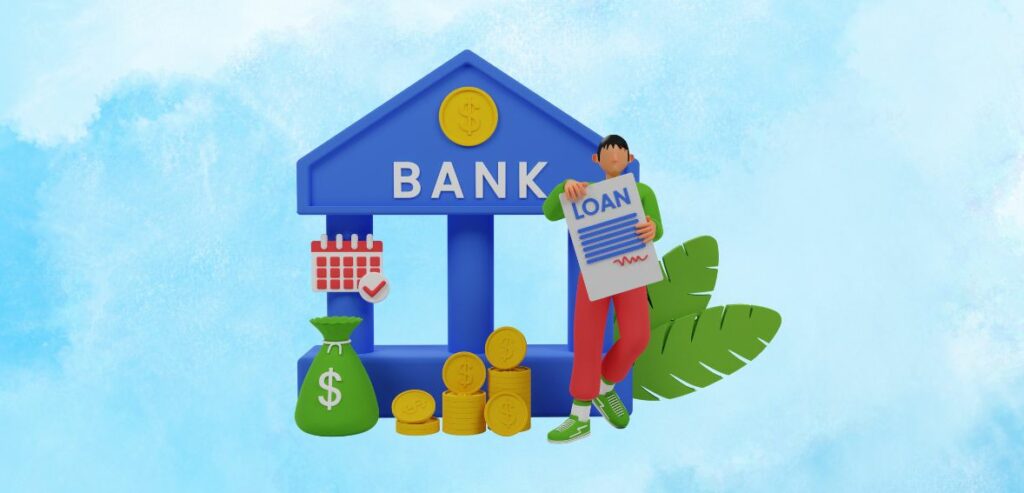According to new research, open banking users are expected to double up and reach 40 million by the end of 2021. On the other hand, payments are predicted to hit $9 billion by 2024.
Juniper Research has predicted that the total number of API technology users aggregating bank accounts and gaining access to new services would rise from 18 million by the end of 2019 to 40 million in 2021.
Another report named, “Open Banking: Opportunities, Challenges & Market Forecasts 2020-2024” found that the pandemic was a reason behind the increasing demand among consumers to aggregate their accounts.
The main motivation behind such a change in behavior was to gain better insights into one’s financial health and how to manage one’s money more efficiently. Since the COVID-19 outbreak people have become more conscious about how and where to make expenses, and how to cut down on their costs by making only the best purchases.
What is Open Banking?

Open banking is the practice of securely sharing the consumer’s financial information with service providers, to help them provide better user experiences. The process enables you to bring all your accounts into a single place.
For instance, open banking can let consumers view account information, and even access their funds across multiple banks, all without switching platforms.
However, none of your sensitive information would be shared with any third party without your consent. You will never be asked for login details or passwords. The shared data enables service providers to develop and innovate better apps and solutions around banks and other financial institutions.
Open banking has shown consumers new ways to spend and manage their money and purchase more responsibly and cost-effectively. The practice of open banking has been incredibly beneficial for startups, SMBs (small- and medium-sized businesses), financial institutions (like banks), and consumers.
Additionally, open banking can also help businesses explore new revenue streams, have an extended market reach, and have better operational efficiency. It is a more sustainable service model, specifically for the underserved markets. App developers, too, can find it much easier to work with open APIs, saving time and labor.
Since open banking apps have proper access to your financial data, these solutions can recommend you the best products and services to save your money. This improved user experience provided by open banking tools boosted momentum for adopting open banking technologies and principles.
Key Points to Know About the New Research
- Juniper reported that the rapid growth seen in open banking practices was pioneered in Europe. In Europe, regulators pushed beyond standardization and minimized the barriers to entry. The reports further showed that the practice was later taken up and advanced by the Chinese and the Far Eastern markets.
- The principle of open banking originated from the 2015 European Union reforms, which were designed to help consumers switch between banks more seamlessly. The technology that supports and enhances this also enables users to make faster and easier real-time money transfers or payments. This alone has boosted the rise of numerous digital payment solutions and so-called “challenger banks.”
- In the Juniper Research release, Nick Maynard, Juniper analyst, said, “Banks must embrace open banking” to capitalize and accelerate their ongoing digital transformation endeavors. Maynard further said that the practice of adopting open banking could enable banks to introduce more innovative services to their consumers backed by open APIs. Otherwise, they might risk their market position in the face of increasing, digitally agile competition.
- The research company also states that payments will be vital for accelerating the growth of the industry. In fact, the total volume of payments to be made through open banking technology is predicted to be around $9 billion by the year 2024. It is mostly because open APIs are promising enough to facilitate more secure and protected “direct from account” payments.
- Further, the report said debit and credit card providers should also adopt the new open banking practices and technologies to avoid falling behind in the market competition during this vital shift.
- Previously in 2020, Juniper had already reported that open banking “has made significant progress,” in spite of the challenges faced due to the pandemic outbreak.
- The report added that providing an enhanced open banking experience can be a compelling selling point that differentiates and labels the service provider as a part of a superior digital app experience.
- Juniper researchers believe that open banking can create a high-level playing field across several markets in which regulatory intervention has resulted in the deployment of open banking practices.
- However, Juniper highlighted that open banking can be both an opportunity and a threat for many traditional banks and other financial institutions. It is an opportunity because it offers improved consumer experiences and helps them get better deals while efficiently managing their money. It’s a threat because open banking exposes users’ financial information, which can be a boon for potential competitors gaining access to it. And the report states that this threat can be equal for all the players in a specific market.
- Hence, established banks must build more innovative and advanced open banking services to provide high levels of security. They must offer better benefits to attract users from the still-developing or less innovative markets.
The Future

With the increasing popularity of open banking technologies, the practice opens doors to several other innovations to be made in the digital payment industry in the upcoming years. It is expected to cause rapid growth in the financial service industry as well, which is keen on taking consumer experiences to the next level.
Besides bringing financial freedom to customers, open banking is also expected to redesign the entire financial service industry and revise the current user flow to eliminate any potential friction points. This is why it is supposed to add value to the consumers while improving their financial lives in the years to come.
FinTech companies and banks have got a new opportunity and way to improve their services, and fix issues such as:
- Outdated banking solutions,
- Unintuitive user interfaces,
- The hassle of switching multiple accounts, and
- Lack of resources to bring innovative tools and technologies to the forefront
It’s clear how the adoption of the open banking model by the financial industry can positively impact the future of online banking. If the financial institutions’ transition to open banking becomes successful, then that day is not far when the banking infrastructure or the security and ownership of consumers’ data would not be a decisive factor anymore.
The factors that will matter are a smoother and more convenient user interface, and faster and more secure payment. The banking industry’s transparent future promises to offer seamless access to different accounts, payments, financial data, etc., through any third-party financial solution that can offer limitless financial freedom to users.

